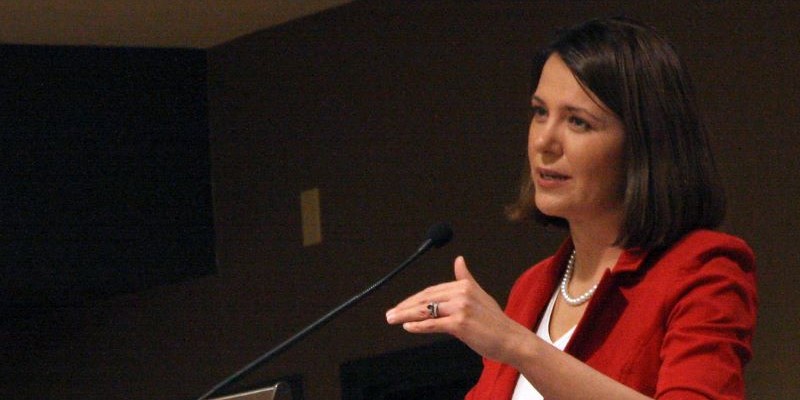New ‘fiscal framework’ won’t solve Alberta’s ongoing problem

The Smith government will soon release an update of Alberta’s fiscal position. While the province is likely still on track to record a surplus this fiscal year, fuelled by high resource revenue, the government must act to avoid future deficits.
For decades, volatile resource revenues, which include oil and gas royalties, have fuelled an ongoing fiscal problem. During periods of relatively high resource revenue (like the province is currently experiencing), the government tends to record budget surpluses but faces pressure to increase spending. If indeed the government increases spending, when resource revenues inevitably decline the province quickly turns to deficits. This pattern contributed to the string of deficits from 2008/09 to 2020/21 (excluding 2014/15), which led to $60 billion in provincial net debt accumulation.
To help mitigate this resource revenue rollercoaster, the Smith government introduced a “new fiscal framework” in Budget 2023, which limits annual increases in operating spending to the rate of population growth and inflation. It also mandates balanced budgets, except when there’s an unexpected disaster or sharp decline in revenue including oil and gas revenue.
While it’s a positive step forward, the new framework will not necessarily protect Albertans from more government debt accumulation. Due to spending growth during the good times, Alberta’s current level of ongoing government spending is higher than stable ongoing levels of government revenue. For perspective, if resource revenue fell to its annual average over the past 10 years ($8.8 billion), Alberta’s current projected budget surplus of $2.8 billion would immediately flip to a deficit of $7.2 billion. Put simply, Alberta must rein in spending to avoid a future deficit when relatively high resource revenues inevitably decline.
Yet according to the new framework, the provincial government can increase spending by inflation and population growth, which is projected to be a whopping 7.5 per cent this fiscal year. Consequently, due in part to a year-over-year decline in projected revenues, the $7.2 billion gap (between government spending and ongoing levels of stable government revenue) would grow—putting Alberta at greater risk of a larger budget deficit—and be entirely permitted under the Smith government’s new fiscal framework.
The fiscal framework also permits the provincial government to run a deficit if there’s an unexpected fall in revenue. Specifically, if projected revenue for the fiscal year is $1 billion less than the projected revenue for the previous fiscal year (as set out in the third-quarter fiscal outlook for that fiscal year). While that may seem significant and/or unlikely, resource revenue has swung (on average) by $2.0 billion annually over the past 10 years. In other words, the framework would once again likely fail to prevent a budget deficit.
Perhaps most significantly, the framework is based in statutory law, which means the Alberta government (i.e. the Alberta legislature) can unilaterally ignore, amend or eliminate it at any time. And unfortunately, Alberta governments have a long history of ignoring their own fiscal rules when times get tough.
The Smith government’s new fiscal framework is not enough to fix Alberta’s deep-rooted fiscal problems. In the upcoming fiscal update, the government must act to more closely align spending with ongoing stable levels of government revenue. Otherwise, we’ll continue on the resource revenue rollercoaster.

